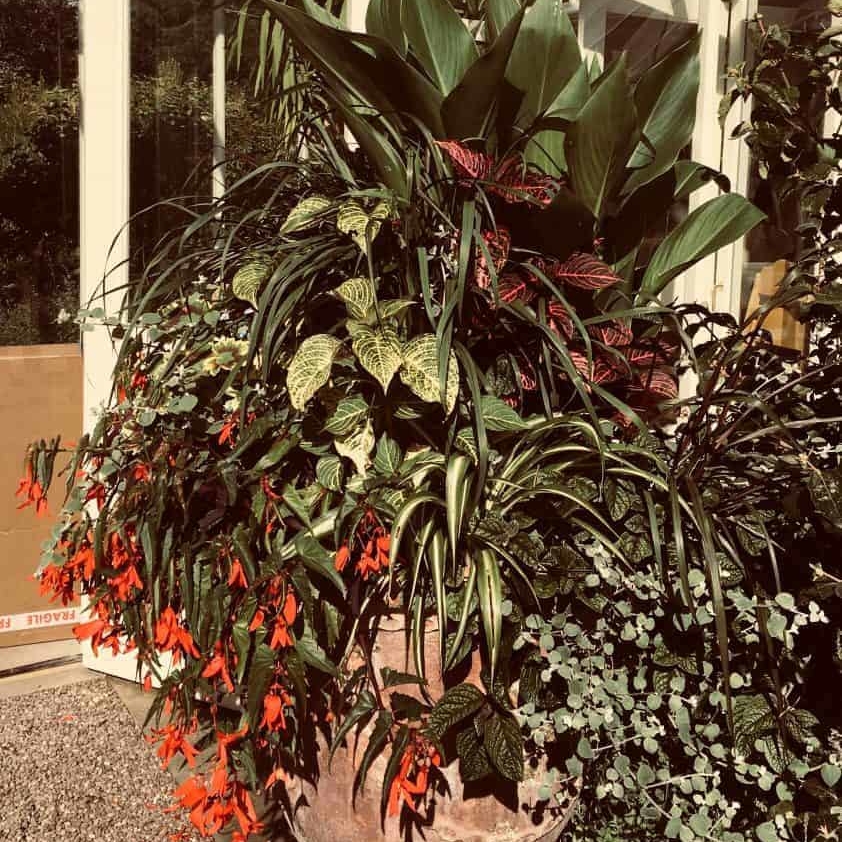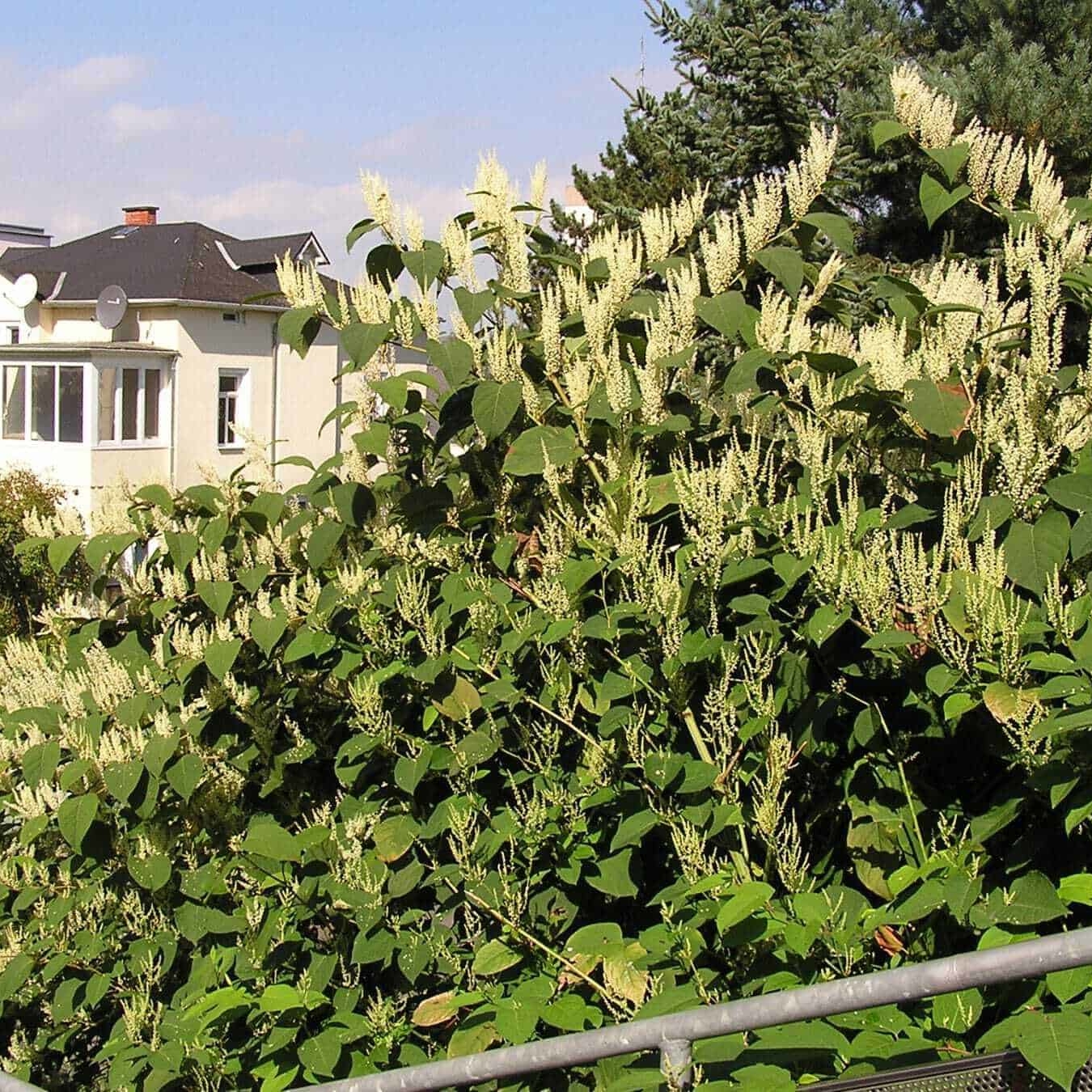The Wisteria have been giving us a fantastic display with their pendulous purple flowers but now that they are fading we need to look after them properly to ensure that we get an even better display next year. The first thing to do is to feed them with a slow release fertiliser that has a high potash content, you can use most shrub or rose fertilisers for this purpose.
To get the most out of your Wisteria you need to encourage plenty of flowering spurs that will produce an abundance of flowers year after year. The main problem is that Wisteria have a tendency to produce masses of new stems and few flower spurs if left to their own devices. There are two main principles to follow if you want to control this. The following training applies to young plants as well as established plants. If your wisteria is massively overgrown you may need to do some hard pruning in the winter and start with fresh new growth.
Select some of the long vigorous main stems to train in – this may be over a pergola or to cover a wall or fence – aim bend them over at the desired height and train them horizontally if possible along the structure. By doing this you divert the energy flow from the growing point. This will promote the growth of ‘laterals’ or side shoots from the main stems. In August you should cut back all of these laterals plus any unwanted main stems to 2-3 nodes, leaving stumps of about 5-15cm long. This will help to promote flower buds to be produced on these stumps for the following year. In February you may need to trim back any further growth that sprouted after the August pruning – and if you missed the August pruning you can prune now to 2-3 buds.
If you stick to these principles within 2-3 years you will have a nicely managed plant with several permanent main stems and all of the wayward and lateral growth annually cut back to 2-3 modes, these will then give you the flowers for many years to come.
For more information see https://www.rhs.org.uk/advice/profile?pid=173
Caroline Wright
Caroline brings decades of horticultural experience, both practical and theoretical. Having lectured at Brackenhurst Horticultural University for many years, Caroline has now relocated to France and is following her passion for growing plants and teaching. Caroline and her husband Paul run the plant nursery, propagating all of the plants themselves and lead a wide selection of fun and interactive horticultural and craft based courses.



